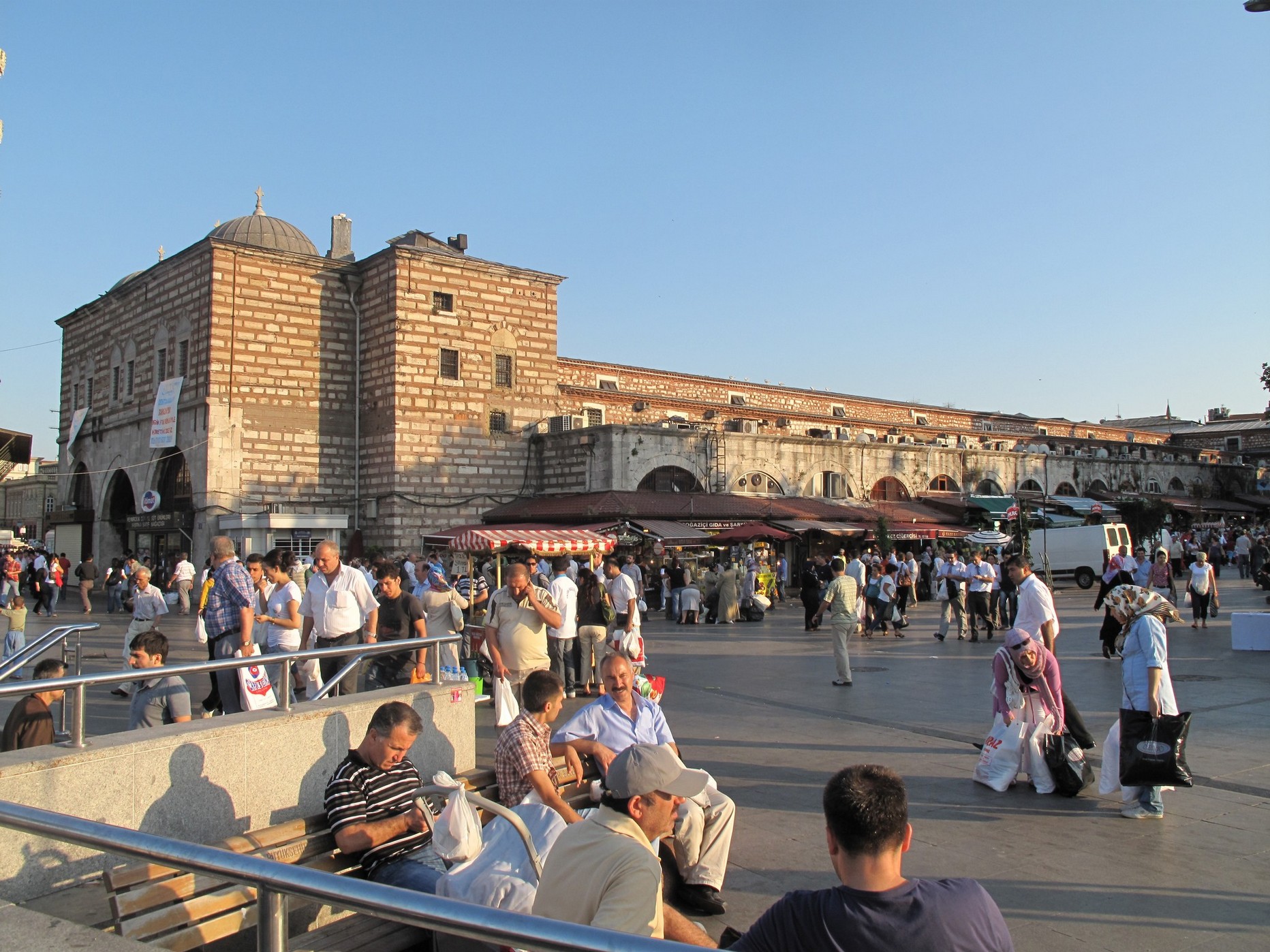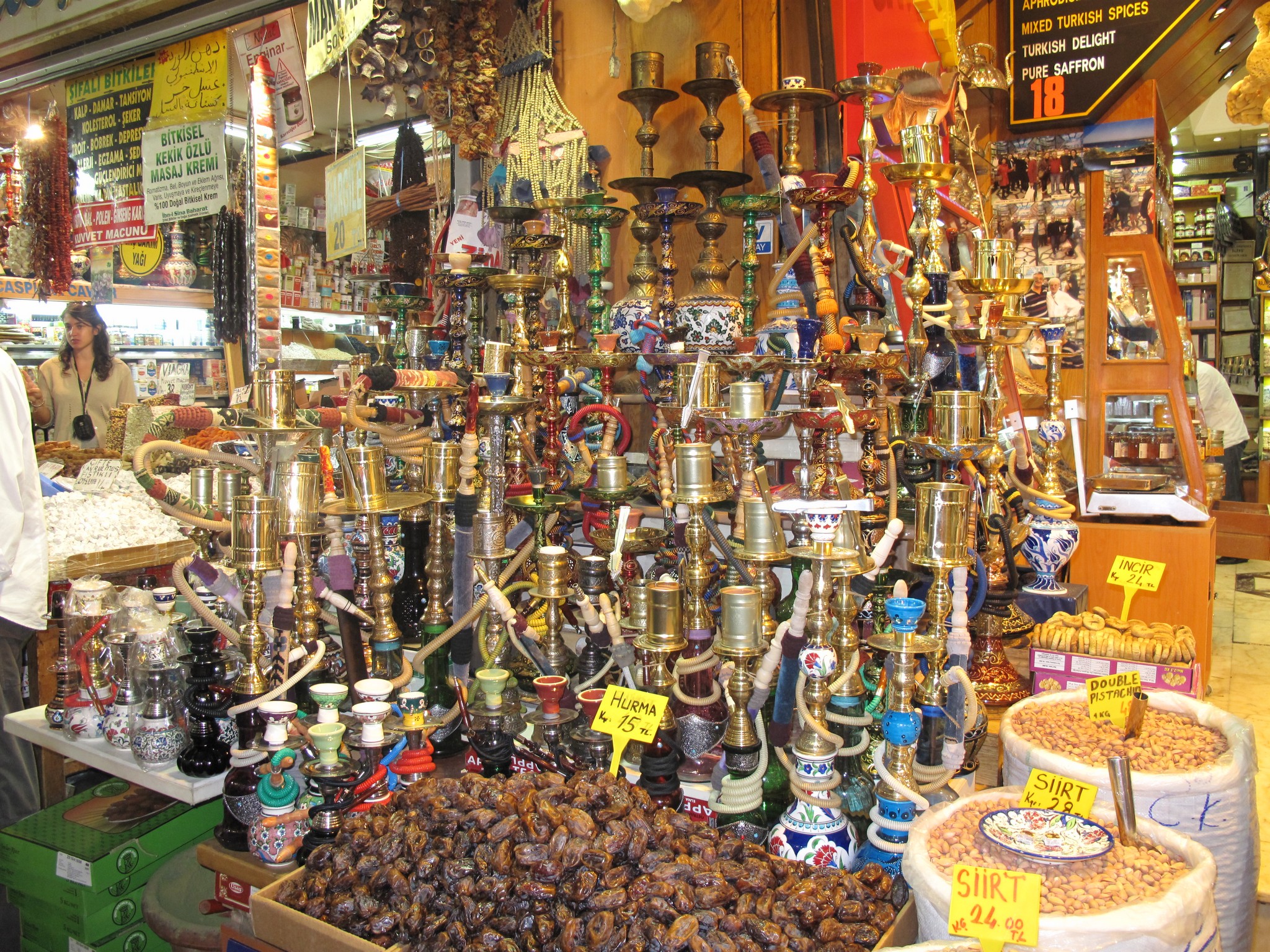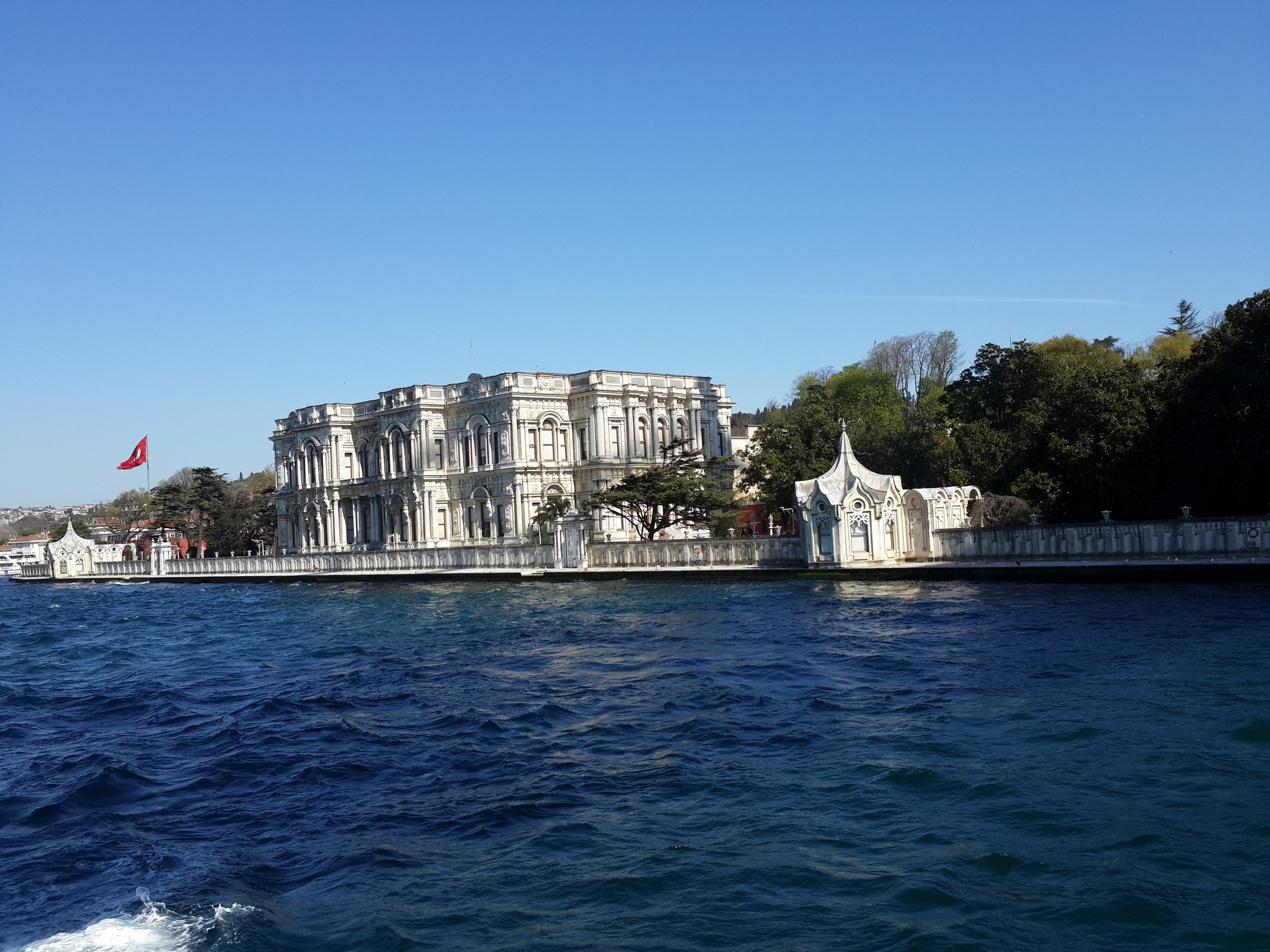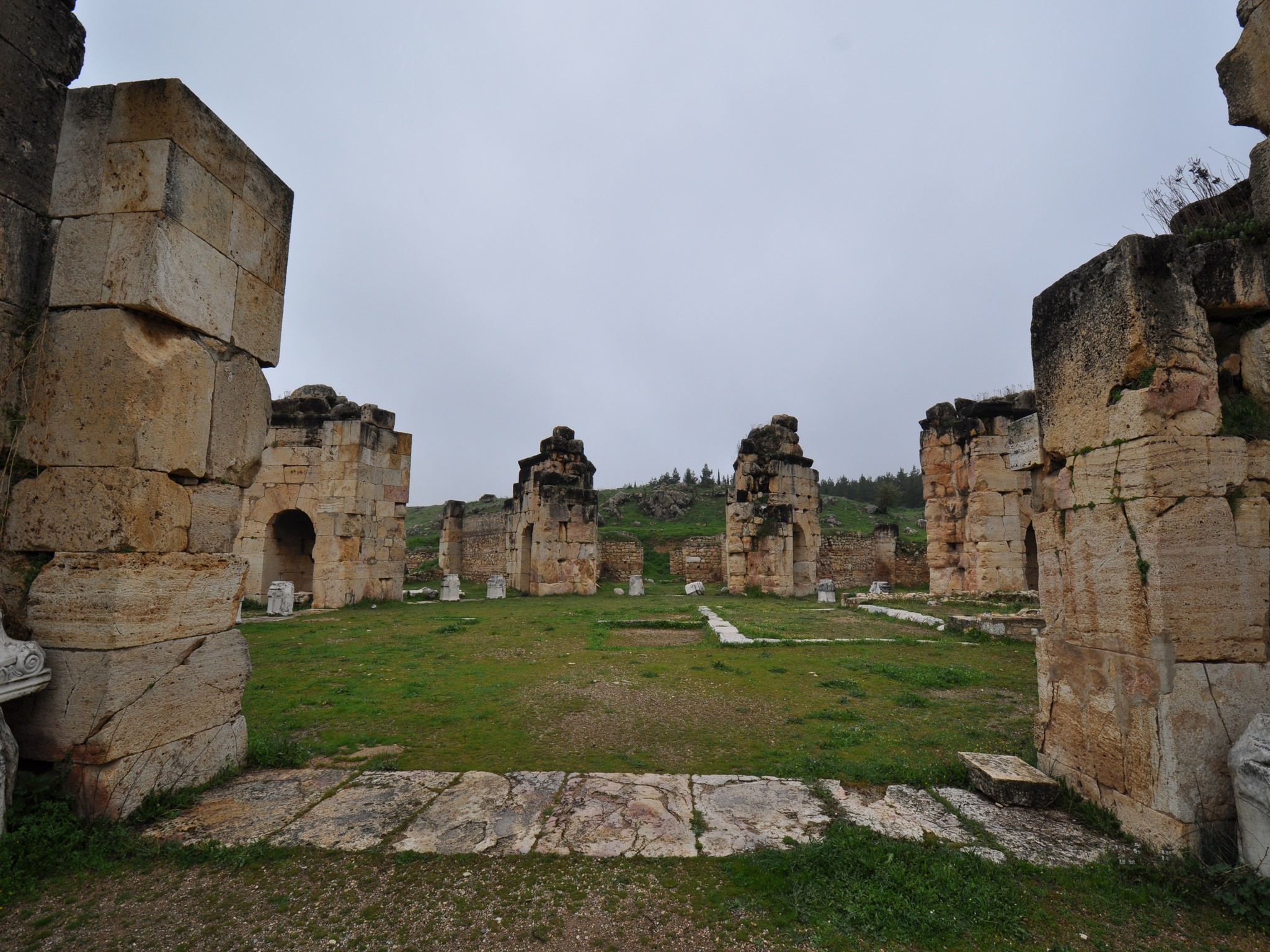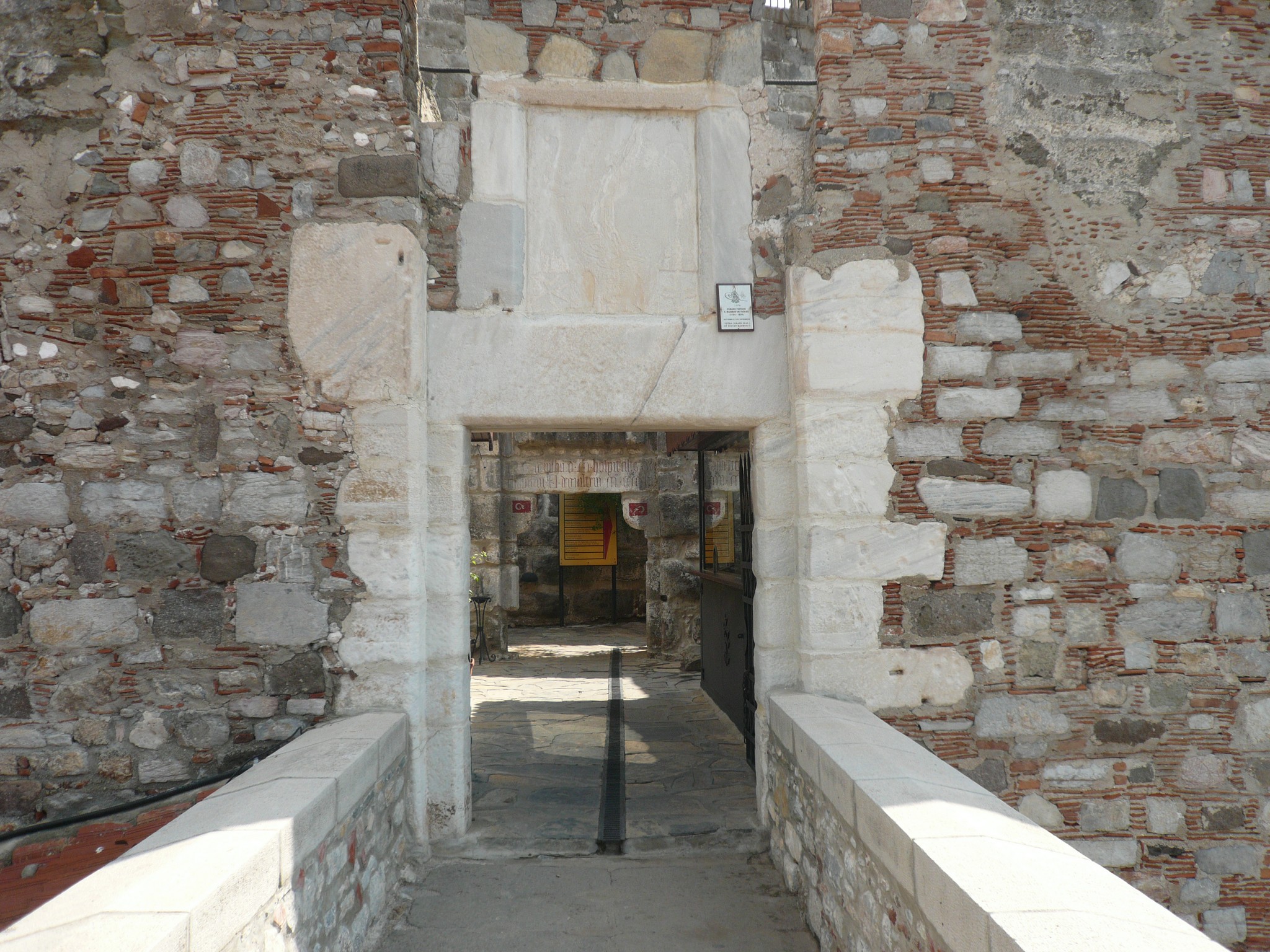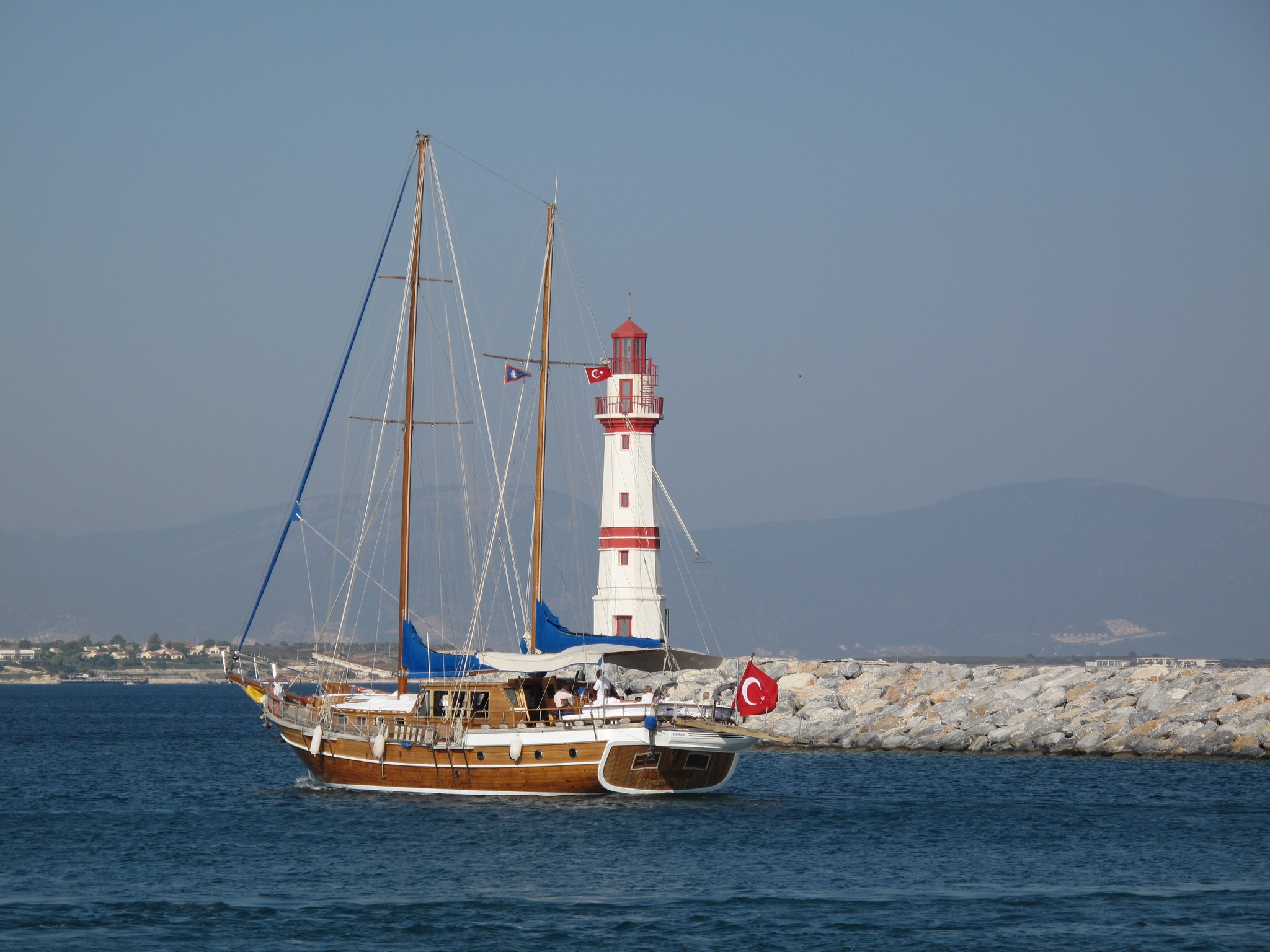General
Day 1 Istanbul Arrival
Arrival at Istanbul Ataturk Airport. You will be met and transferred to your hotel. After check in we will have a welcome cocktail. Dinner and Overnight. (D)
Day 2 Istanbul Full Day Old City Tour
We begin our day with a tour of the Sultan Ahmed square, located at the heart of the “Old City” from where the Byzantine and the Ottoman Empires were ruled from. We will walk the Hippodrome square, which was the epicenter of the sportive events and political activities of Constantinople in Roman and Byzantium periods. We will see and talk about the histories of the Obelisk of Theodosius, the Serpentine Column and the German Fountain of Wilhelm II. Then we take a short walk to the Blue Mosque, famous with its blue Iznik tiles and with its unique 6 minarets, built in the early 17th century. Next we visit the Hagia Sophia, one of the greatest marvels of the art & architecture history, constructed as the patriarchate cathedral in the 6th century by the Emperor Justinian. Lunch in a local restaurant. After lunch our next stop will be the Topkapı Palace complex with beautifully decorated gardens and impressive examples of Turkish architecture that housed the Ottoman Royalty and their unprecedented collections of imperial treasury, Chinese porcelains, weapons, calligraphy, and holy relics for over four centuries. The final destination of the day will be the narrow alleys of the Grand Covered Bazaar for exploring its maze of 4000 shops for an authentic oriental shopping experience.
Day 3 Istanbul Full Day Bosphorus & City Tour
We start our tour with a panoramic drive along the old city walls dating back to the 5th century and renowned as one of the greatest examples of a fortification system ever build to defend a city. Next; a short drive to Chora Museum, a small church that was decorated with the most beautiful biblical mosaic panels and frescoes in the 14th century. After visiting the Chora we will be heading towards a 17th century mall called ‘the Egyptian Spice Bazaar’ which still functions as a spice and dried foods market with mystical smells and aromas, spreading around from hundreds of shops selling spices, fruits, vegetables, nuts, flowers, fish… Free time will be allocated for shopping in this bazaar. Lunch in a local restaurant. We end the day up with a relaxing Bosphorus Cruise, through the waterway separating the two continents, Asia and Europe, with its picturesque views of marble palaces, 15th century castles and ancient wooden mansions of the Ottoman architecture. Dinner at a local restaurant. Overnight in Istanbul. (B, L, D)
Day 4 Istanbul – Gallipoli – Troy – Canakkale
After the breakfast, we will begin our scenic drive along the sea of Marmara down to Gallipoli peninsula, historically famous for being the site for the epic battles of Gallipoli and Dardanelles during WWI. Following a tour of the battlefields, we give a lunch break, then cross the strategic waterway of the Dardanelles, and land in Asia and proceed to Troy. Referred to in Homer’s “Iliad” and “Odyssey”, Troy has in fact nine cities superimposed one upon another. Troy VI pertains to the famous Trojan War of Homer where the legendary heroes such as Agamemnon, Achilles, Ulysses, and Nestor on the Greek side and Priamos, Hector, and Paris on the Trojan side. We will check-in to our hotel in Canakkale for dinner and overnight. (B, L, D)
Day 5 Assos –Pergamon – Kuşadası
Following an early breakfast we drive to Assos. Assos was a stop-over for St. Paul. Arriving at Assos on foot from Alexandria Troas, St.Paul preached here and climbed down to the little port on the shore to board the boat on his return journey to Jerusalem. The acropolis of Assos is situated very scenically on a hilltop over looking the harbour and housing the remains of a great temple dedicated to Athena dating back to the 6th century B.C.
Next we drive to the hauntingly beautiful Pergamon. Pergamum’s place in religious history is largely because of the paragraph addressed to its Christian believers by St. John in the Book of Revelation (Rev. 2:12-17). He characterized Pergamum as the place where Satan was enthroned. (Revelation 2:13)
St. John saw a group he called the Nicolatinas as an additional threat to the believers. Who these people were is not clearly known. (Revelation 2:14-15)
St. John condemned them for adultery and for eating food that had been sacrificed to pagan gods. St. John also promised a white stone and hidden manna to those who repented of their false beliefs and immoral behavior (Revelation 2:16-17).
Pergamon also houses; the remains of the Great Altar of Zeus, the Temple of Trajan and the steepest theater building ever, overlooking the plains of Bergama.
Dinner at a local restaurant to taste the local wines and regional traditional dishes.
Overnight in Assos. (B,L,D)
Day 6 Ephesus–Basilica of St. John–House of Virgin Mary-Kusadasi
This morning we will stop by the Basilica of St. John “The Evangelist” who came here with Virgin Mary and wrote his Gospel in Ephesus. Then we will carry on to Ephesus ancient city. People visiting Ephesus today can visualize the city when it was the capital of the province. St. Paul preached and taught in Ephesus for over 2 years. During that time he sent Timothy and Erastus to Macedonia to continue the missionary work there. The names of several other early Christians are recorded as residents of Ephesus. Among them are the eloquent Apollos with whom St. Paul associated himself, saying that he planted, that Apollos watered, but that God gave the growth (I Cor. 3 :6)
A couple, Priscilla and Aquilla, established a house church in Ephesus (I Cor. 16:19). The daughters of the Apostle Philip lived in Ephesus. A small stone building high up on the west corner of the city wall is pointed out as St. Paul’s Prison. He wrote the letter to the Ephesians from this place.
In Ephesus highlights include Double Church where in 431 the Third Ecumenical Council was held, the Library of Celcius, the Temple of Hadrian, the Fountain of Trajan and the Theatre for many Christians the best-known building in Ephesus where a 1st century AD silversmith attempted to stir up a riot to get rid of St. Paul who was damaging his business of making images of Artemis.
About 3 miles away in the forested mountain above Ephesus is the House of Virgin Mary. It is a modest stone house. St John brought Virgin Mary to Ephesus in keeping with Jesus’s admonition to him to care for his mother. (John 19:27)
House of Virgin Mary today is visited by almost a million pilgrims annually from all over the world. The pilgrims come to drink the waters of the sacred spring, to mediate, to pray for health, and to breathe the atmosphere of it. You will be able to collect some holly water from the Sacred Spring.
Both Pope Paul VI in 1967 and Pope John Paul II in 1979 have celebrated mass here.
Many people congregate at this sanctuary every August 15 to observe the Feast of the Assumption of the Virgin. It was first identified in 1818 by an Austrian nun, Anne Catherine Emmerich, who saw it in a dream exactly as it was found. The setting is beautifully peaceful, inspiring reverence and contemplation.
Dinner and overnight in Kuşadası (B,L,D)
Day 7 Laodicea Ad Lycum – Hierapolis – Pamukkale
After breakfast we leave our hotel and drive to Hierapolis but before we get there we stop at Laodicea Ad Lycum. The site of one of the Seven Churches addressed by St.John in the Book of Revelation ( Rev. 3:14-22 ), Laodicea is on a low hill on the south bank of the Lycus River (Curuksu). As a commercial center,it had a large Jewish community. For St.John in Revelation, the Christians of Laodicea were neither hot nor cold and because of their indifference he wanted to spew them out of his mouth. “ I know all your ways, you are neither hot or cold. How I wish you were either hot or cold. Because you are lukewarm, neither hot nor cold, I will spit you out of my mouth” ( Revelation 3:15-17 ) St. John promised in “ the words of the Amen” (Revelation 3:14) that for those who were sensitive enough to hear and respond to what was being said, the Spirit would join them in the great feast. “Here I stand knocking at the door; if anyone hears my voice and opens the door, I will come in and sit down to supper with him and he with me “ ( Revelation 3:20) Then we will drive to Pamukkale and Hierapolis ancient city where St. Philip was martyred in 80 AD.. Recently Italian archaeologists have discovered his Martyrium, an octagonal chamber forming a double cross surrounded by a square. St. Philip lived here after the Apostles scattered from Jerusalem. Hierapolis is listed in the New Testament along with Laodicea as the center of Epaphras’s work ( Colossians 4:13 ).
Your tour in Pamukkale will include visits both to the Ancient city of Hierapolis with its staggering ancient necropolis and the picturesque cotton-white cascades of hot springs. Arriving to the hotel after a series photo breaks.
Dinner and overnight in Pamukkale (B,L,D)
Day 8 Stratonikeia – Bodrum
Today’s first visit will be to the archaeological site of Stratonikeia, which was one of the largest Roman cities ever built out of marble. This city has a unique setting where the modern day village and the ancient remains are intertwined together in a very romantic way. As you walk through the serene alleys, you will be listening to the rich history of this once great Roman city. Next, we will be driving to Bodrum, the capital town of the beautiful ‘Turkish Riviera’. En route; lunch in a local barbecue restaurant to enjoy famous local delicacies such ‘çöp şiş’ and sujhuk. Upon our arrival in Bodrum we will be visiting a magnificent medieval castle which was built by the knights of the order of St. John. Bodrum castle besides being a well preserved and the largest medieval castle in Turkey, also houses a great underwater archaeology museum with a very intriguing collection.
Dinner at a waterfront fish restaurant.
Overnight in Bodrum.
OPTIONAL EXTENSIONS:
- Patmos Island:
‘96AD: in a grotto on Patmos the beloved disciple of Jesus, St. John the Apostle had a vision, a vision of the world to come. His student, Prohoros, wrote down this vision by order of the Lord, and it is known as the 27th and final chapter of the Holly Bible.’
This beautiful small Greek Island is widely known as a holy island for it is the place where Saint John wrote the Book of Revelation. According to the prevailing theory, the Book of Revelation was written in 95 A.D. in the Holy Cave of the Apolacypse, where St. John heard the voice of God talking to him. Turned into a place of worship in the 11th century the cave –on whose walls we can trace the fingerprints of St. John’s himself–, is still open to the devout Christians.
Another must see of the island is The Holy Monastery of the Apocalypse was built as a castle in 1088 by the monk Christodoulos Latrinós. Cultural and religious centre since its first day of use, it took another five centuries for it to spread its activities all around the island – and not just the town of Hóra (Chora), where it is situated. Around this Monastery revolve Holy Week and Easter celebrations every year.
Patmos is also a great resort town, perfect for people seeking a relaxation holiday with its lace-like coastline, turquoise beaches and delicious cuisine. Patmos is only a 2 hours ferry ride away from Bodrum.
Please contact Pakero Travel for planning and further information about this extension option.
- BLUE CRUISE:
A ‘Blue Cruise’ is a term used for recreational sea voyages along the Greek & Turkish Riviera, between Greece & Turkey’s tranquil southwestern coast, operated on traditional wooden sailing vessels of the Aegean, called a ‘gulet’. Blue Cruises offer a vacation that is a refined combination of both relaxation and exploration. Just lean back and enjoy the wonderful sceneries of the secluded bays, dive in to the crystal clear waters and savour delicious foods on board.
You can either charter a cabin or a boat all for yourself and embark directly from Bodrum port for a 3 or 7 days round trip.
Please contact Pakero Travel for planning and further information about this extension option.





